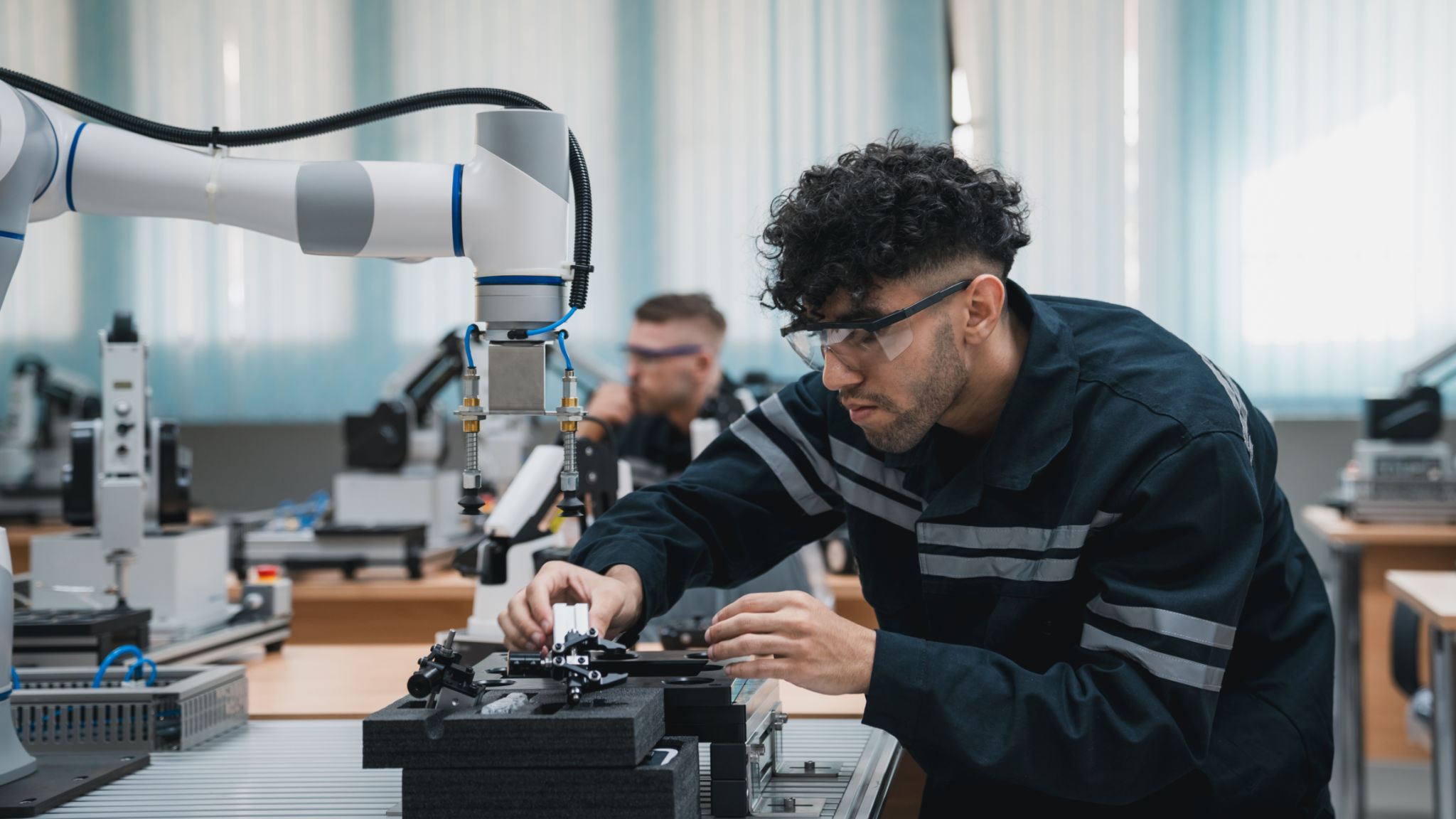STEM vs. Traditional Learning: Why an Integrated Approach is Best
Understanding STEM Education
STEM, which stands for Science, Technology, Engineering, and Mathematics, has become a pivotal focus in today's educational landscape. This approach emphasizes critical thinking, problem-solving, and the application of knowledge in real-world contexts. By integrating these disciplines, STEM education aims to prepare students for the rapidly changing technological world.
One of the key strengths of STEM education is its ability to foster innovation and creativity. Students are encouraged to experiment, take risks, and learn from failures. This mindset not only prepares them for careers in STEM fields but also equips them with skills that are valuable in any profession.

The Benefits of Traditional Learning
Traditional learning methods have been the backbone of education for centuries. This approach often focuses on foundational knowledge through structured curricula, emphasizing memorization and the mastery of basic skills. While it may seem rigid compared to the dynamic nature of STEM, traditional learning provides a solid base for critical thinking and analysis.
Furthermore, traditional education often includes humanities and arts, fostering well-rounded development. These subjects contribute to emotional intelligence, cultural awareness, and communication skills, which are essential in personal and professional settings.

Why an Integrated Approach is Best
By combining the strengths of both STEM and traditional learning methods, educators can create a more comprehensive educational experience. An integrated approach leverages the analytical rigor of STEM with the emotional and cultural depth offered by traditional subjects.
This hybrid model not only improves academic performance but also enhances student engagement. By connecting scientific principles with historical contexts or artistic expression, students find relevance in their studies and are more motivated to learn.

Practical Applications of an Integrated Approach
Implementing an integrated approach can take various forms. For instance, project-based learning can blend scientific inquiry with historical research or artistic design. Students might work on a project that involves building a model while also writing an essay about its historical significance.
- Encourages collaboration across disciplines
- Enhances problem-solving skills
- Prepares students for diverse career paths
Case Studies and Success Stories
Several schools have successfully implemented integrated learning models with impressive results. For example, some institutions have introduced STEAM programs—adding Arts to STEM—resulting in increased student creativity and improved test scores.

Challenges and Considerations
While the benefits are clear, integrating STEM and traditional learning poses challenges. Teachers may require additional training to effectively deliver interdisciplinary lessons. Schools might also need to invest in new resources or technology.
However, these challenges are surmountable with proper planning and support. Collaboration among educators and ongoing professional development can facilitate a smoother transition to integrated teaching methods.
The Future of Education
The future of education lies in its ability to adapt to the needs of a changing society. By embracing both STEM and traditional learning, educational institutions can cultivate a generation of critical thinkers who are prepared for the complexities of the modern world.
Ultimately, an integrated approach not only benefits students but also enriches the broader educational ecosystem. As we move forward, it is crucial to continue exploring innovative ways to blend different teaching methods for the betterment of future generations.